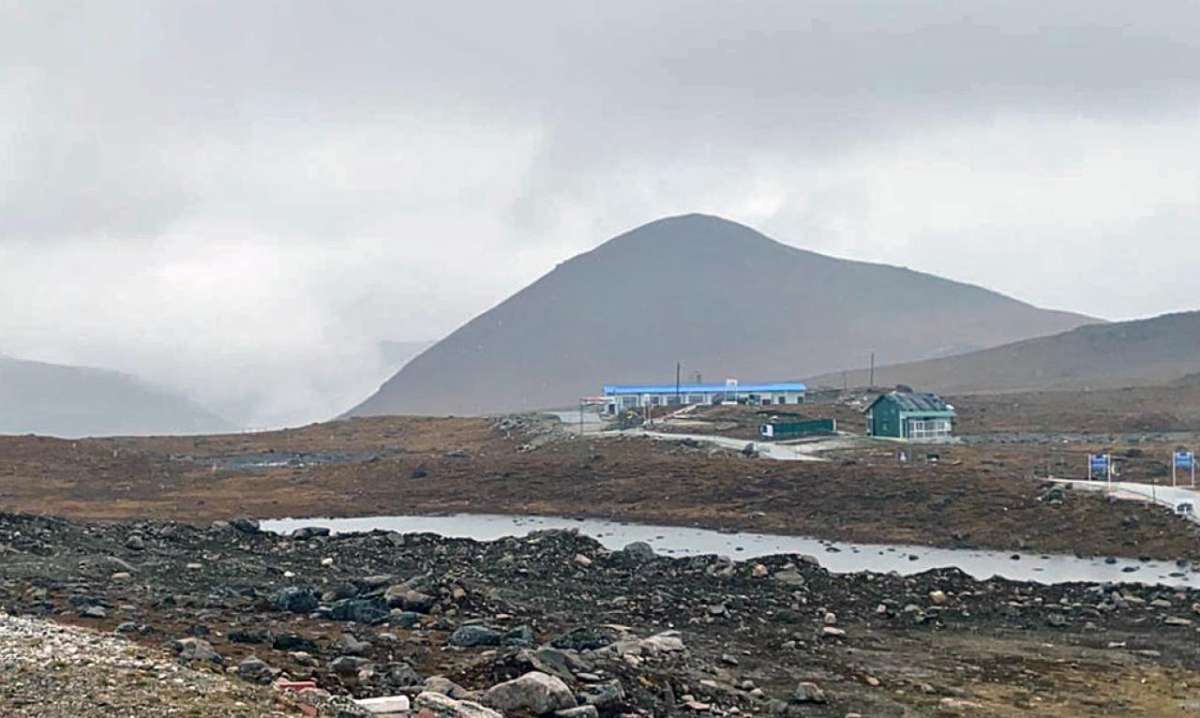As per the reports,construction activities are taking place in Aksai Chin, a territory held illegally by China, but historically claimed by India.
Chinese forces are learnt to have ramped up construction of reinforced bunkers and underground tunnels in Aksai Chin, according to reports citing data from satellite imagery.
As per the reports,construction activities are taking place in Aksai Chin, a territory held illegally by China, but historically claimed by India.
The reports further said that Chinese forces have started carving tunnels and shafts alongside a narrow river valley, to construct bunkers and shelters.
The development has come on the heels of China releasing a “standard map” showing parts of Aksai Chin and Arunachal Pradesh under its jurisdiction, on Monday.
Reacting to the map, External Affairs Minister S Jaishankar said on Tuesday that “China has put out maps with territories (that are) not theirs. (It is an) old habit.
“Just by putting out maps with parts of India… this doesn’t change anything. Our government is very clear about what our territory is. Making absurd claims does not make other people’s territories yours,” he added.
Also on Tuesday, India lodged a strong protest with China on the release of a so-called “standard map”.

“We have today lodged a strong protest through diplomatic channels with the Chinese side on the so called 2023 ‘standard map’ of China that lays claim to India’s territory,” External Affairs Ministry spokesperson Arindam Bagchi said.
“We reject these claims as they have no basis. Such steps by the Chinese side only complicate the resolution of the boundary question,” he added.
The release of the map comes just days before the G20 summit, which is scheduled to take place in New Delhi on September 9 and 10.
Last week during his informal conversation with China’s President Xi Jinping at the BRICS summit in South Africa, Prime Minister Narendra Modi had conveyed New Delhi’s “concerns over unresolved issues along LAC and other areas along the India-China border”.
ALSO READ: India Corrects China’s Assertion on BRICS Summit Interaction


